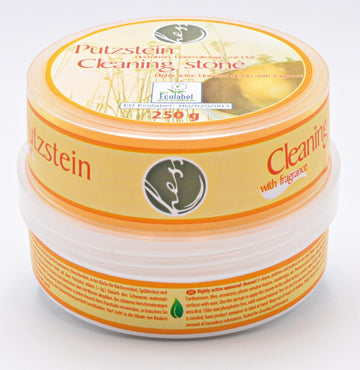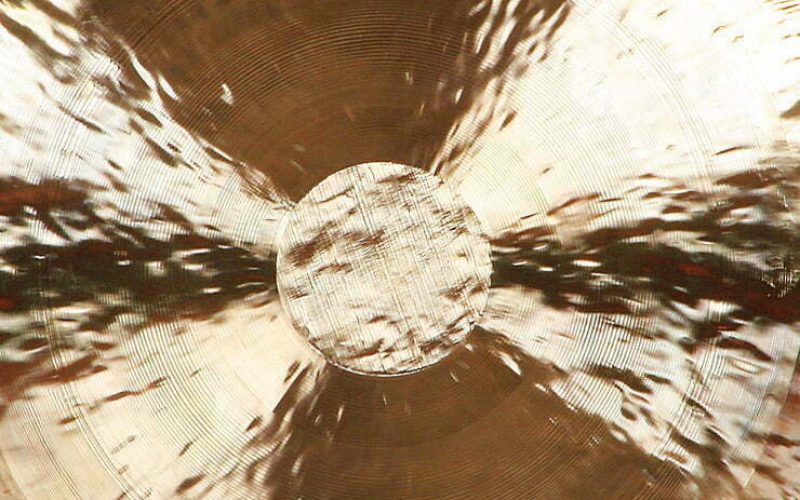
Key points at a glance
- The metals used in a gong can corrode if not cared for properly.
- Regular cleaning prevents changes in color or shine.
- There are several simple methods for cleaning your gong.
- Our cleaning tips have no effect on the sound of your gong.
- You can prevent contamination by protecting your gong with a cover or bag.
Why do spots appear on my gong?
Very frequent touching of your gong, as well as dust or moisture from the air, can cause dirt to accumulate on your gong over time. If a gong is not sealed and comes into contact with salty or acidic liquids, corrosion can occur. Bacteria react with the metal, creating reddish-brown spots on the surface. Copper emerges, leading to discoloration of the metal. While this doesn't really damage the gong, it doesn't look very nice.
Oils or fats can also lead to oxidation and cause spots on the gong. Because a gong is made of different metals, electrical tensions can arise, leading to corrosion. If a gong is not adequately protected or cleaned regularly, it will lose its shine.
Tip
If you live or travel in areas with a more humid climate or spend extended periods near the sea, you should pay particular attention to the protection and care of your gong. High humidity or salty air can accelerate corrosion.
How can I clean my gong?
For the care of gongs, we have developed a biodegradable cleaning stone with which you can easily clean and polish your gong.
Here's how to do it:
- Lightly rub the cleaning stone with a damp sponge.
- Squeeze the sponge several times to create a fine cleaning foam.
- Use a damp sponge to rub the inner and outer surfaces of the gong for a few minutes. (Important: When cleaning a TamTam Gong, only use the cleaning stone on the shiny surface!)
- Wipe the surface with a damp cloth until there are no remnants of the cleaning stone left.
- Rinse the cloth briefly in between and repeat the process.
- Then rub the gong dry with a soft cloth.

Cleaning gongs with light dirt
For light dirt, we recommend using a soft cotton cloth. Polish the gong with quick movements on the front and back to remove small spots or brake marks from E-Gong friction mallets. If you warm the cloth slightly beforehand, polishing is even easier.
How often should I clean my gong and does this affect the sound?
Usually, a gong develops its own individual patina over time. If you want to maintain the golden, shiny color of your gong, we recommend gently cleaning it about every two months. We recommend regular cleaning, especially for instruments used in sound therapy.
Some gong players rarely clean their instrument intensively. The individual patina, which develops even faster as a result, distinguishes the gong from others and is often even desired. In this case, it is also sufficient to carry out an occasional gentle cleaning with a soft cloth to remove fingerprints and dirt.
The sound of the gong will not be affected by careful, regular cleaning. However, we advise you to follow our tips so that you do not damage the surface.

How to protect your gong
It is best to store your gong in a soft case or a gong bag. Your gong should be well protected, especially during transport or if you are not using it for a long period of time.







